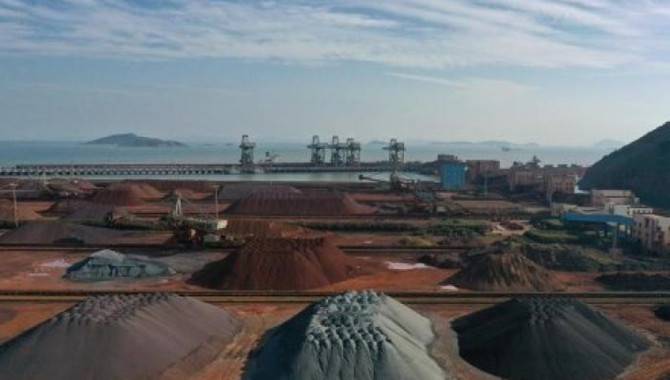
China's imports of major commodities are expected to show strong growth in January data, a reflection more of short-term factors, however, that are topping off a solid economic underpinning.
Imports of crude oil, iron ore and coal are all expected to show gains from prior months, while liquefied natural gas (LNG) will hold near December’s record high.
Crude oil imports for January are estimated at around 12 million barrels per day (bpd), according to vessel-tracking and port data compiled by Refinitiv Oil Research, up strongly from official figures of 9.06 million bpd in December.
While an increase of 32.4% from the prior month looks robust, the strong January performance is playing catch-up after December’s weaker outcome. In December, many tankers arrived at Chinese ports but didn’t discharge cargoes as some independent refiners had exhausted import permits and had to wait for the turn of the year for new quotas to come into effect.
It’s likely that China’s independent refiners will use much of their quotas in coming months because they prefer to lock in supplies early, and work through stockpiles later.
This means China’s crude imports may remain elevated in coming months, even if fuel demand growth is moderate due to concerns about scattered clusters of COVID-19 infections that have led to lockdowns in parts of the world’s second-biggest economy.
Increased refining capacity should also serve to keep crude imports robust, though this may depend on the strength of both domestic and export demand for refined fuels.
LNG imports in January are expected at around 8.1 million tonnes, slightly lower than December’s record 8.21 million, according to data compiled by Refinitiv.
The recent surge in LNG imports from November’s 6.43 million tonnes and 5.23 million in October is a reflection of winter demand as China continues to transition heating away from coal boilers to cleaner-burning natural gas.
A colder-than-expected winter also spurred LNG imports, but the question is how quickly demand falls back as freezing weather draws to an end.
Inclement weather was also a factor behind strength in January’s seaborne imports of coal, estimated at 20.75 million tonnes by Refinitiv, up from 18.74 million in December and 10.21 million in November.
COAL POLICY
China’s imports of coal have become largely policy-driven, with the authorities tending to impose informal restrictions in the second half of the year to limit the total annual imports.
This helps domestic producers remain profitable, but allows sufficient imports to provide some form of price competition.
It’s possible to argue, however, that Beijing got the coal sector wrong with its effective ban on imports from Australia, which created a shortage of the fuel just as a cold winter boosted demand beyond expected levels.
This led to soaring domestic prices and a scramble for cargoes from exporters other than Australia, in turn driving up seaborne coal prices as well.
Iron ore is another commodity that looks set for a solid January performance, with Refinitiv estimating seaborne imports of 94.08 million tonnes, up from December’s 85.35 million.
China’s steel output rose to an all-time high of 1.05 billion tonnes in 2020 on construction-intensive stimulus spending as Beijing worked to boost the economy after the lockdowns imposed to curb the spread of the coronavirus.
Rising port inventories and an official commitment to lower steel output this year have placed question marks, though, over whether iron ore imports in 2021 will match the record official tally of 1.17 billion tonnes in 2020.
Much will depend on whether Beijing can deliver stronger economic growth without increased steel production, and if it can’t, what the likelihood is that growth concerns will top those of rising pollution and energy consumption from higher steel output.
Overall, China’s imports of major commodities in January are more than just a reflection of an economy well on it way to recovering from the coronavirus pandemic.
However, even though import volumes may have been driven by factors with a limited life span, the overall backdrop remains constructive given the expectations that China will prioritise ongoing economic growth in 2021.
Source:Reuters
The opinions expressed herein are the author's and not necessarily those of The Xinde Marine News.
Please Contact Us at:
media@xindemarine.com


 PIL launches Academy to strengthen workforce compet
PIL launches Academy to strengthen workforce compet  Coal shipments to advanced economies down 17% so fa
Coal shipments to advanced economies down 17% so fa 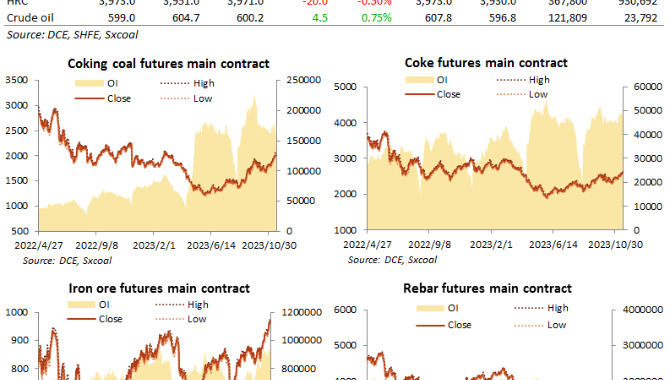 China futures market updates at close (Nov 14)
China futures market updates at close (Nov 14) 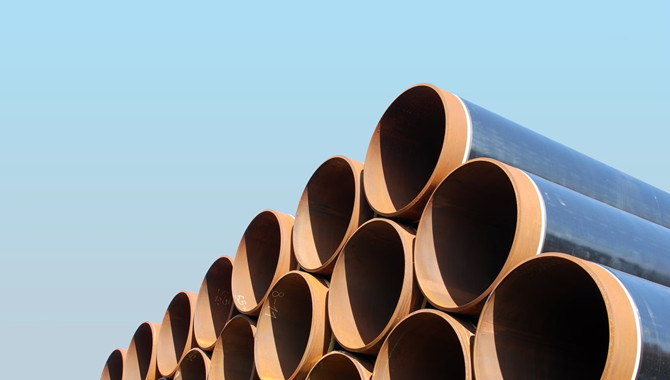 CISA: China's daily crude steel output down 5.7% in
CISA: China's daily crude steel output down 5.7% in 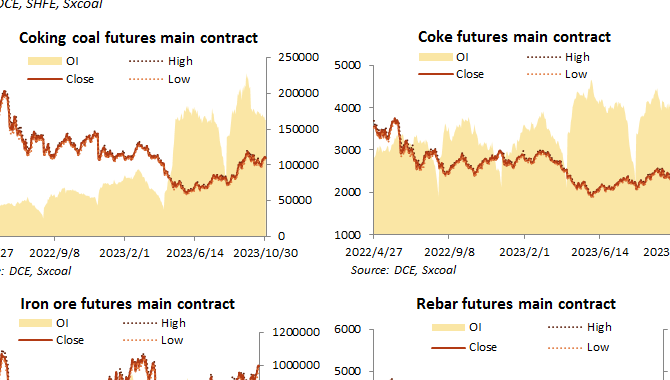 China futures market updates at close (Oct 31)
China futures market updates at close (Oct 31) 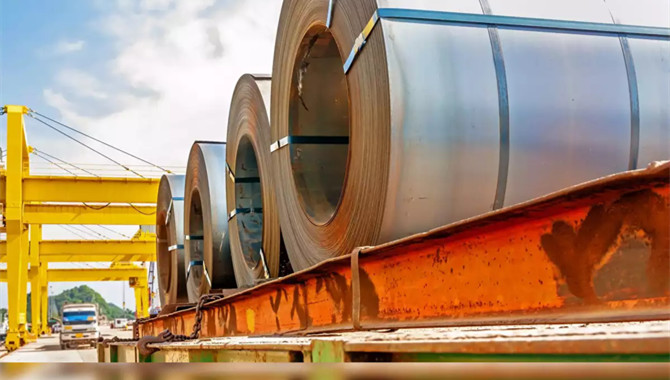 CISA: China's daily crude steel output down 1.2% in
CISA: China's daily crude steel output down 1.2% in